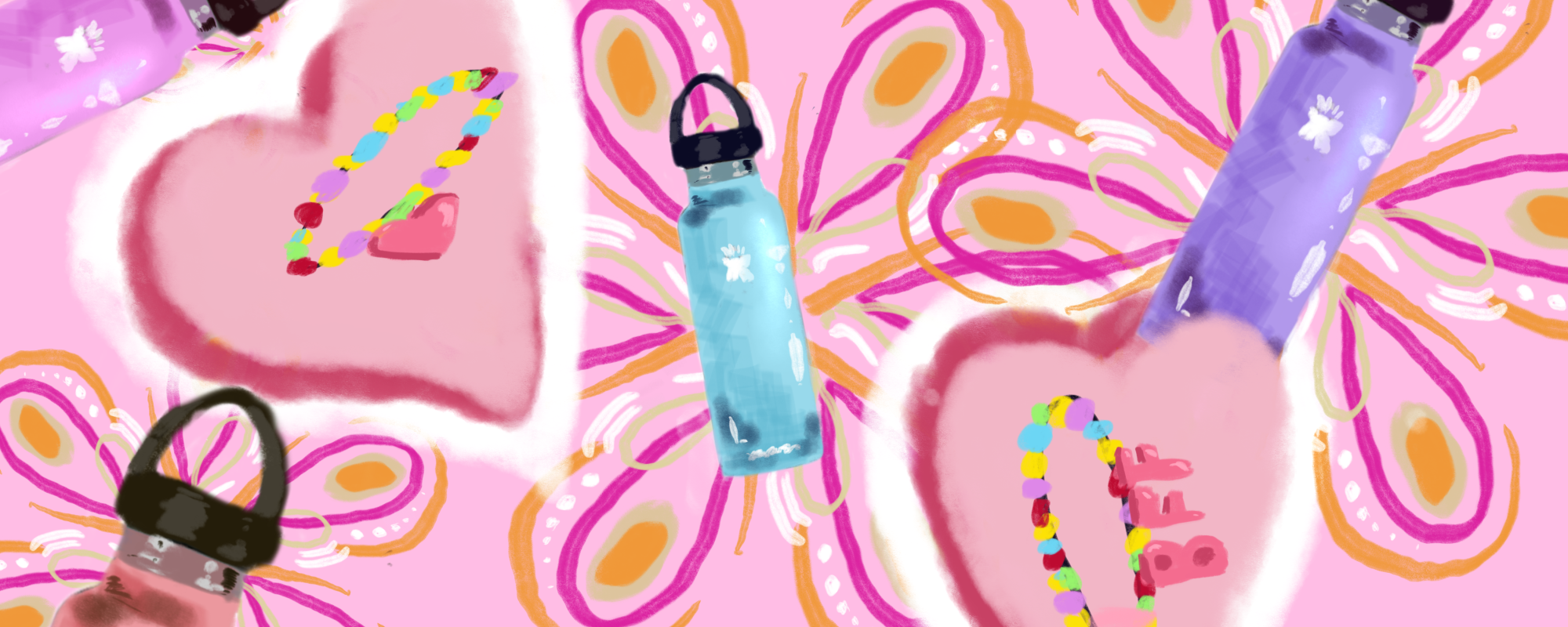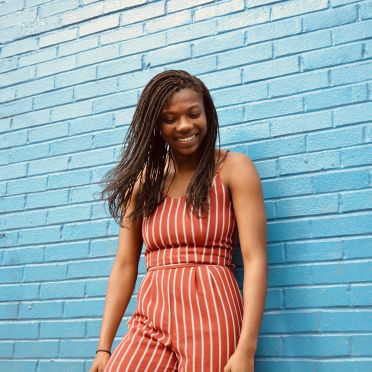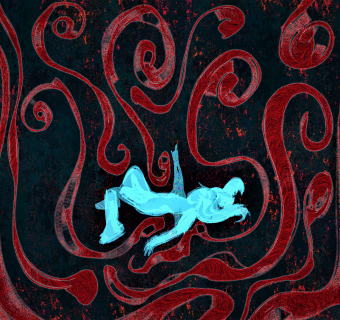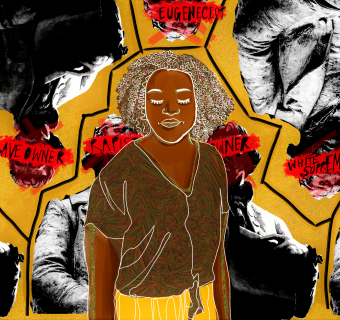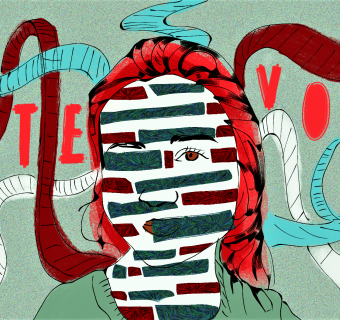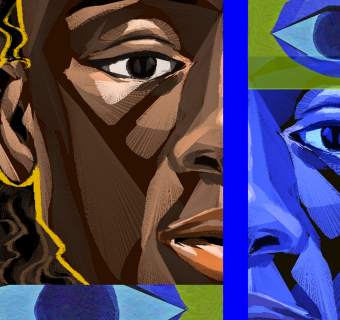In the fall of my junior year of high school, the athletics program mandated an assembly for all the female athletes, stuffing our already cramped cafeteria full with apathetic girls. None of us really wanted to be there, and I don’t remember the assembly beyond side conversations amongst our little cliques as we anxiously waited to leave for practice.
But the one moment that stayed in my head was when a girl across the cafeteria, to her dismay, dropped her Hydro Flask on the floor. The giant metal water bottle clattered to the ground with a loud crash, drawing everyone’s attention to the back corner of the room. Instantaneously, everyone let out a collective “SKSKSKSK,” as we mocked the VSCO girl who made the mistake of owning that specific water bottle brand.
She was the very type of girl my friends and I would snicker at, or try to be less like so that we wouldn’t fall victim to the same judgment we subjected her to.
I couldn’t see the girl from where I was sitting in the room, but I’m sure she wore oversized t-shirts that hid her shorts, her hair in a messy bun, an arm clad in friendship bracelets—the archetypal VSCO girl. She probably replied with the classic “sksksks” whenever her friends said something funny over text. If any of these things were true, she was definitely the subject of mockery online and in person from her classmates and the entire internet community. She was the very type of girl my friends and I would snicker at, or try to be less like so that we wouldn’t fall victim to the same judgment we subjected her to.
Yet, I'm not sure what it really was about her that we all so despised. Was it the 32oz water bottle she carried around to stay hydrated during the day? Was it that making friendship bracelets brought her joy, or that she wore comfy clothes like oversized t-shirts? I am convinced it was just that she was a girl. She did girly things, and participated in girly trends perpetuated by girls. We were all girls too…so why did we try so hard to distance ourselves from her?
I grew up the ultimate feminist, taking so much pride in being a girl as I simultaneously bent over backwards to not appear feminine.
I grew up the ultimate feminist, taking so much pride in being a girl as I simultaneously bent over backwards to not appear feminine. Once I got to middle school, I began to hate wearing skirts and the color pink, and I refused to wear makeup until my senior prom. I shrugged off the cloak of the girly girl that was portrayed in the media, probably because everyone hated the poor thing.
In Mean Girls, the clique that is loathed and feared by the whole school wears skirts and makeup, has long hair, and only wears pink on Wednesdays. Cady is roped into this clique and begins to change her appearance, no longer wearing her hair in a ponytail, and donning girly clothes along with sparkly makeup. As she becomes more and more girly, she is hated more and more strongly. At the end of the movie she wins homecoming queen, the ultimate popularity contest, in khakis and a mathlete's polo. It is as if she became likable once she dulls herself down and stops embracing her femininity. Why would I dress like the mean girl version of Cady when her “unfeminine” self was so much more respected?
Not that I went around calling grown women fascists when I was in high school, but Sasha reminds me a little of myself: trying in vain to appear separate from femininity so that my womanhood would be respected.
In Barbie, when stereotypical Barbie walks up to Sasha—the tween who is supposedly giving the doll cellulite and thoughts of death—she is all but spit on by Sasha who tells her no one plays with Barbies anymore because they’re “fascist.” Barbie—the ultimate symbol of girlhood and femininity—turns her back with tears in her eyes, her pink bell bottoms swishing as she scrambles away, brushing her long blonde hair out of her face.
At the end of the movie (spoilers) Barbie becomes a likable “real woman” and is seen wearing jeans, a beige blazer, and unremarkable brown Birkenstocks as she heads to her first gynecologist appointment. Again, it is seemingly the act of toning herself down that makes the audience want to root for her. Why was she not likable when she wore bright colors and flashy heels? It is no wonder Sasha had such a visceral reaction to Barbie; girls her age are taught to hate anything remotely feminine. Not that I went around calling grown women fascists when I was in high school, but Sasha reminds me a little of myself: trying in vain to appear separate from femininity so that my womanhood would be respected.
The media has curated a specific image of a woman, and taken every chance to tear her down. If the fun and bubbly Barbie, the VSCO girl with interests and hobbies, and even the “mean girl” just trying to fit in are all unacceptable, it makes one think there is no respectable version of womanhood. Even so, there is a constant need to define every way that a woman acts.
She is either a clean girl, a soft girl, a bruh girl, a rat girl, or any other curated definition of what society thinks it means to be a woman at that particular moment in time. If you don’t want to fit into one of these characters, you are a pick me girl, which is probably the worst trope of all. There is always someone that has a problem with each one of these archetypes of femininity. It is as if society just doesn't want women to express themselves or have individuality at all, especially if it is classically feminine like our Barbies or Mean Girls.
We should have encouraged her to express herself and her girliness, instead of despising her for the courage to exist without engaging in the constant struggle to move closer in proximity to masculinity.
As I reflect on my 16-year-old self, I am embarrassed that I thought laughing at a girl for following a trend was okay, that I perpetuated the pattern of humiliating girls every time they create a new trend or fad as a means to express themselves and their identity. It really wasn’t a big deal that she had a Hydro Flask and enjoyed making friendship bracelets. We should have encouraged her to express herself and her girliness, instead of despising her for the courage to exist without engaging in the constant struggle to move closer in proximity to masculinity. Maybe we should have praised her for embracing, rather than rejecting, who she naturally wanted to be.
I wonder when we will allow girls to grow up without thinking that they are inherently less than due to their womanhood, when we will allow VSCO girls to drop their water bottles in peace, when we will teach girls it is ok to like the color pink.

